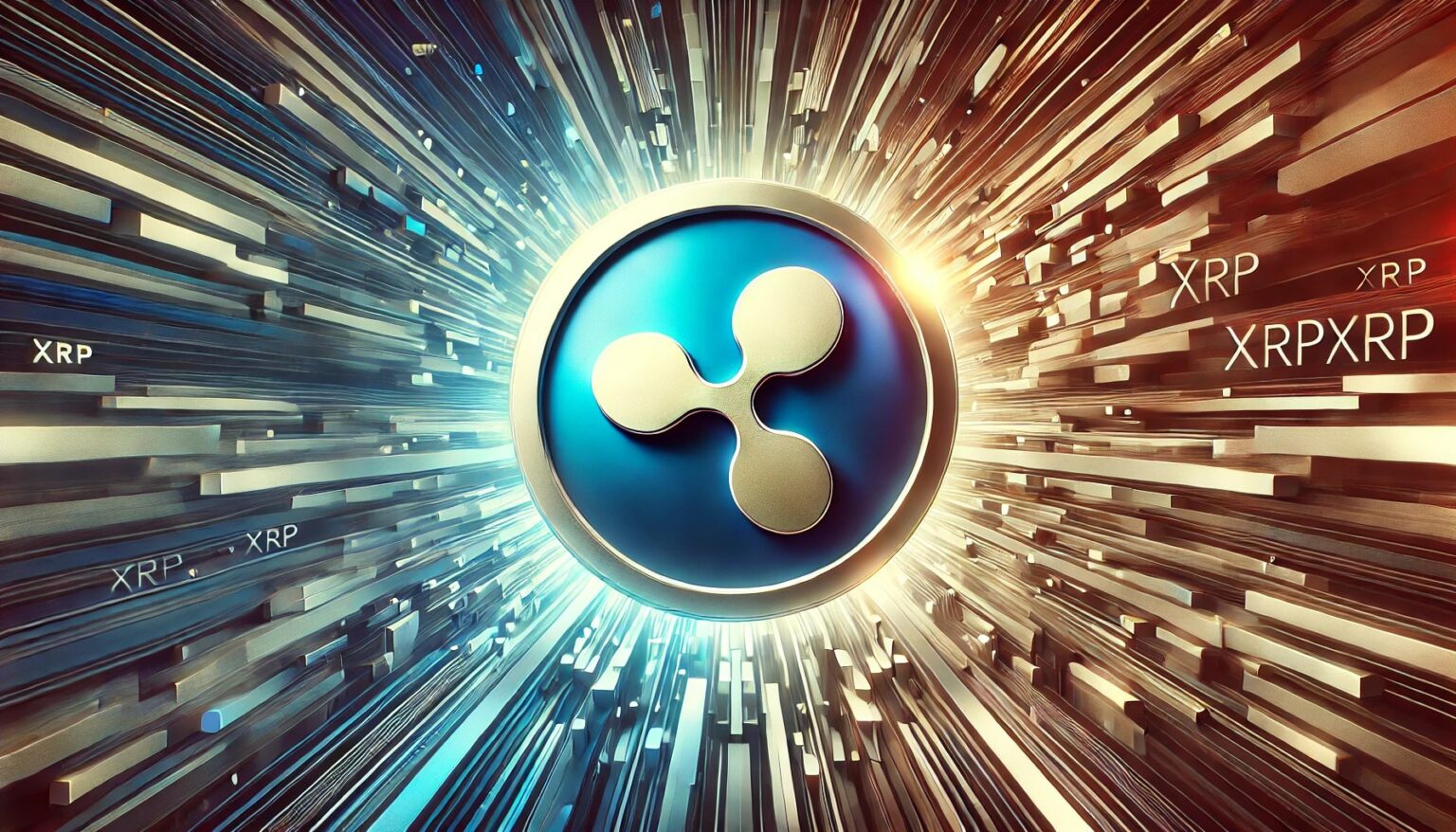In the dynamic world of cryptocurrency, understanding the nuances of market movements can offer deep insights into investment strategies. A recent scenario with XRP highlighted fascinating aspects of market behavior, shedding light on how minimal transactional flows can significantly impact market capitalization. As the digital currency landscape evolves, grasping these market mechanics becomes crucial for anyone venturing into crypto investments. Let’s delve into how a mere $61 million influx propelled a substantial increase in XRP’s market cap, thereby reinforcing important lessons about liquidity and market perception.
Exploring XRP’s Market Cap Surge: Understanding the Mechanics
Cryptocurrency market dynamics can oftentimes be complex, dictated by factors beyond just the capital inflow. XRP recently experienced a dramatic leap in its market valuation, rising by approximately $16.6 billion within a span of thirteen hours. Blockchain analyst Dom (@traderview2) noted that this surge was fueled by a relatively minor net spot inflow of only $61 million. This phenomenon underscores a critical lesson in market economics: market capitalization may not parallel liquidity, and the latter often drives price movements significantly.
Understanding the Impact of a $61 Million Influx on XRP
To understand how such a modest amount could lead to a dramatic increase in market cap, one must consider the order-book micro-structure of centralized exchanges like Binance, Upbit, and Coinbase. Typically, substantial liquidity resides away from the top-of-book, presenting a slim visible spread against a backdrop of larger potential trading volumes. As incremental buying bids push the ask prices upward, both automated and human market makers recalibrate their selling prices higher. Each small price boost translates into a valuation leap for all existing coins, leading to exponential market cap growth until arbitrage or profit-taking actions restore market depth.
The divergence between realized cap and headline cap is also crucial in this context. Ripple’s reports reveal that nearly half of XRP’s supply has not been actively traded, indicating a much smaller effective float than the 59 billion in circulation would suggest. This means modest transactions can disproportionately influence market valuation, a reality that works both ways, with diminished liquidity also potentially magnifying downturns.
Why Market Cap Isn’t the Full Story
Through this episode, Dom emphasized the importance of prioritizing volume-weighted liquidity metrics over market capitalization tables. Despite the market cap suggesting a headline figure, liquidity—affected by volume and active trading—provides a more grounded understanding of pricing and market health. This incident serves as a reminder that crypto markets operate more like nascent equities rather than well-established commodities, with prices often set by the marginal trade.
As of the latest data, XRP is trading at $2.50, with a daily turnover crossing the $11 billion mark, positioning it firmly in fourth place by market cap at $146.2 billion.
FAQs about XRP’s Market Dynamics
How does a small financial flow trigger a large market cap increase in cryptocurrencies?
In cryptocurrency markets, order-book depth and liquidity levels significantly influence how price adjustments occur. Small flows affecting the ask prices can lead to widespread price recalibration across the coin’s total supply, resulting in a substantial market cap increase even with minimal initial transactions.
What is the difference between realized cap and headline cap in crypto?
Realized cap considers the actual prices paid by holders for cryptocurrency, providing a more accurate depiction of market value. In contrast, headline cap reflects the total market value based on current prices and circulating supply, which may overlook the impact of inactive or non-traded coins.
Why should traders focus more on liquidity metrics than market cap?
Liquidity metrics offer a clearer picture of a cryptocurrency’s trading health by highlighting active volume and market activity rather than just the circulation multiplied by the last price. This helps in understanding true market conditions and potential risks or opportunities in trading strategies.
The case of XRP provides a vivid illustration of the intricacies within cryptocurrency markets, driving home the importance of considering liquidity and market mechanics when evaluating investment opportunities.

